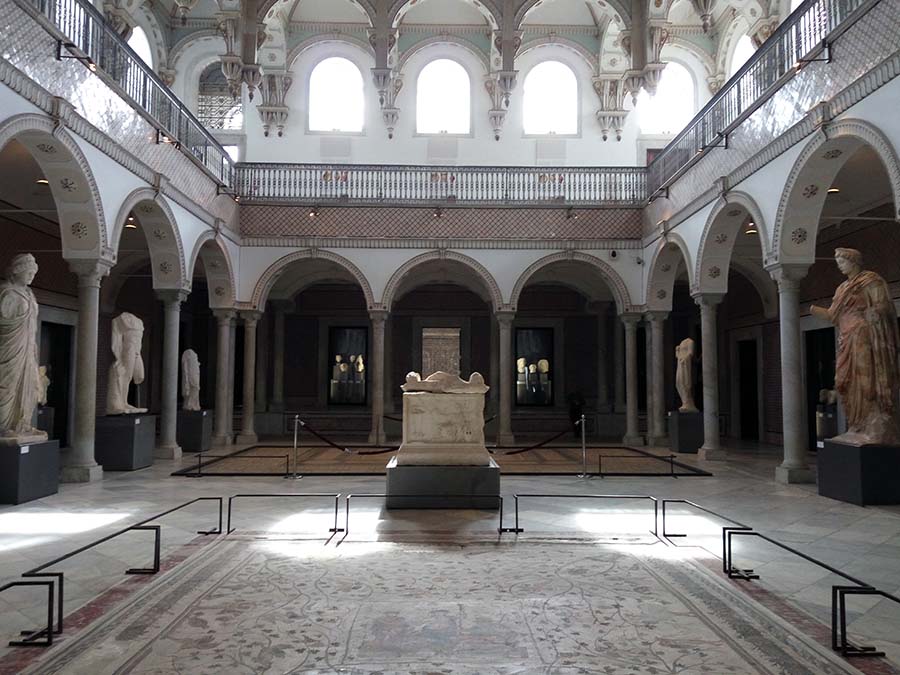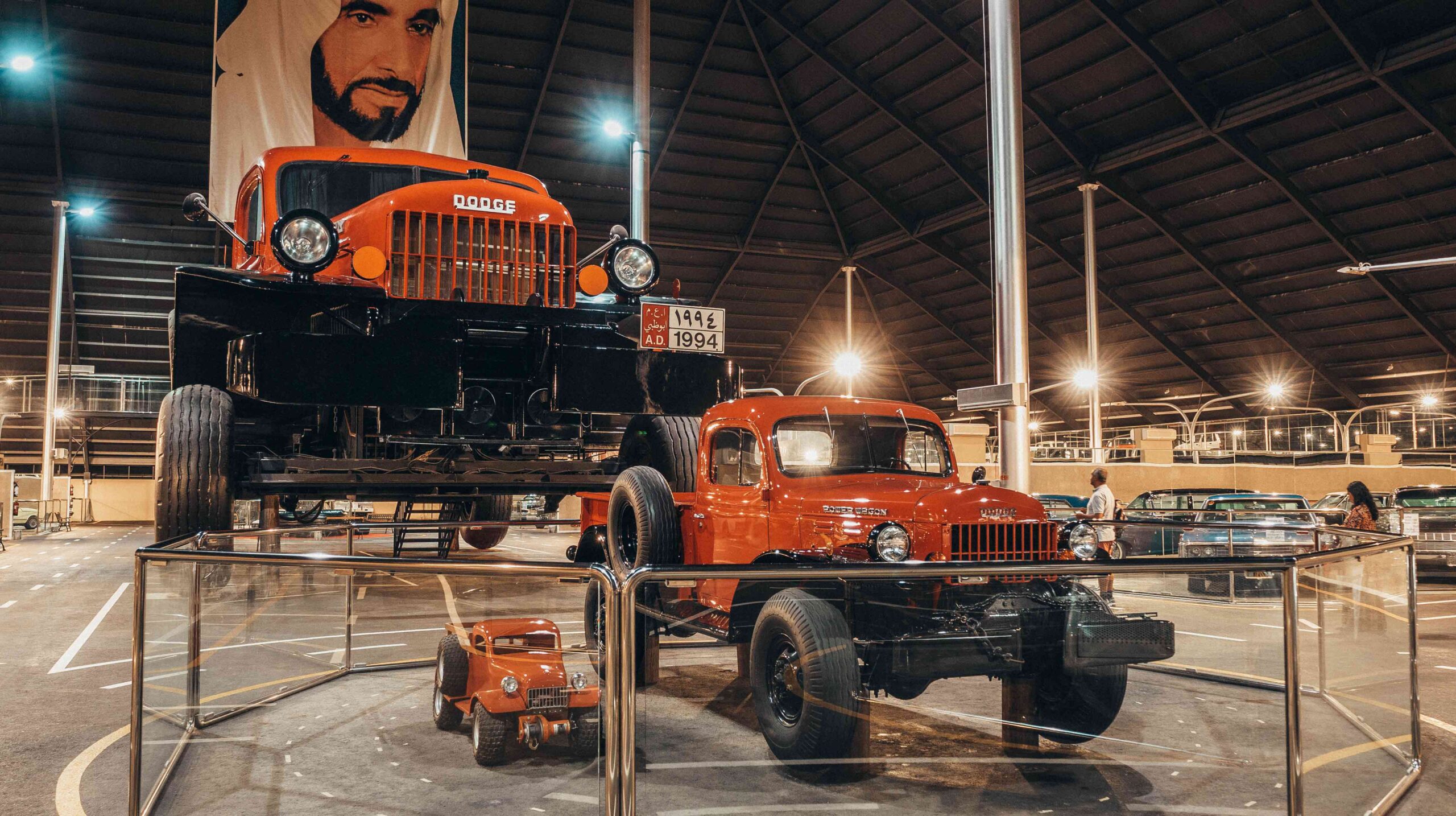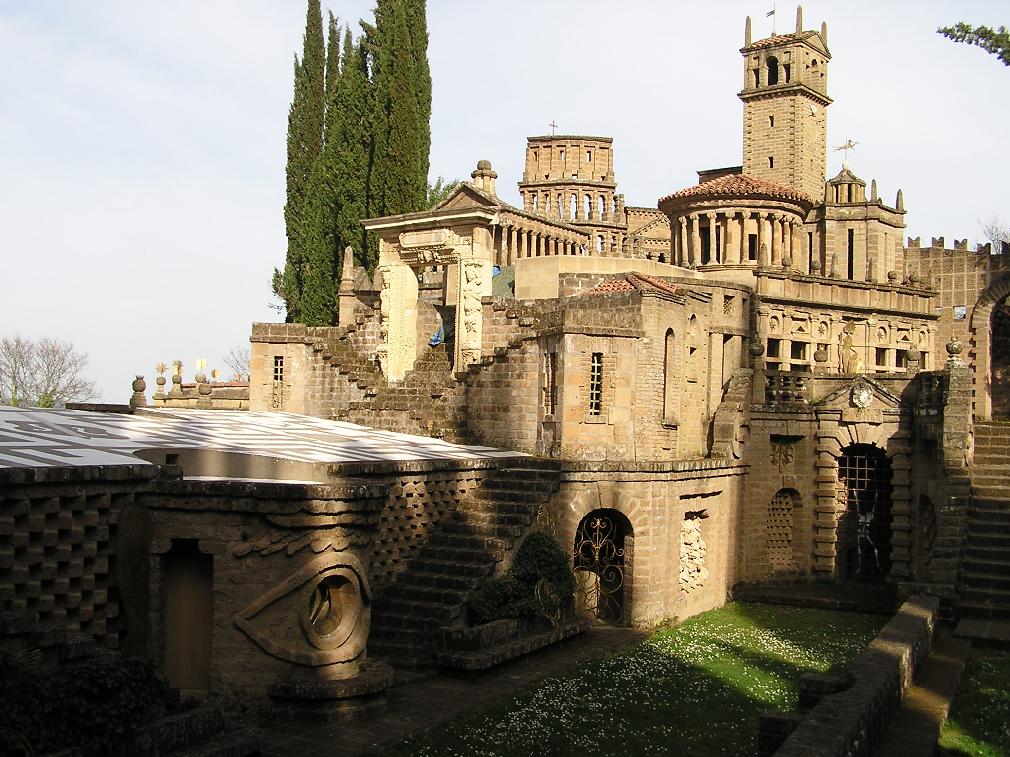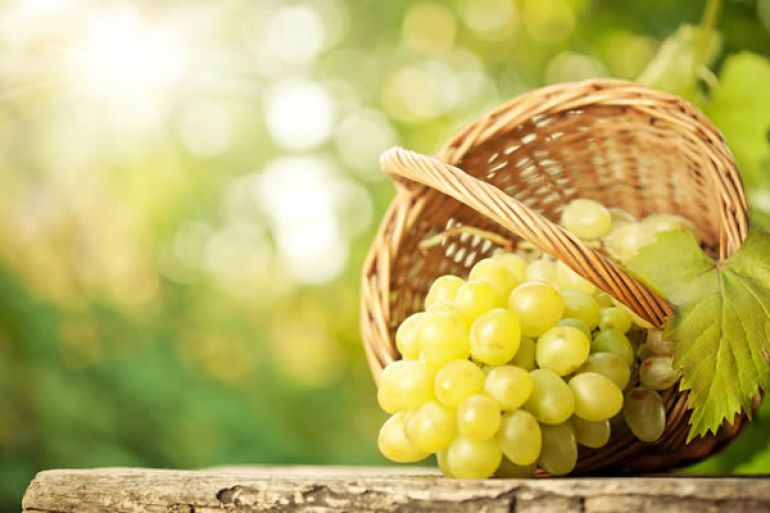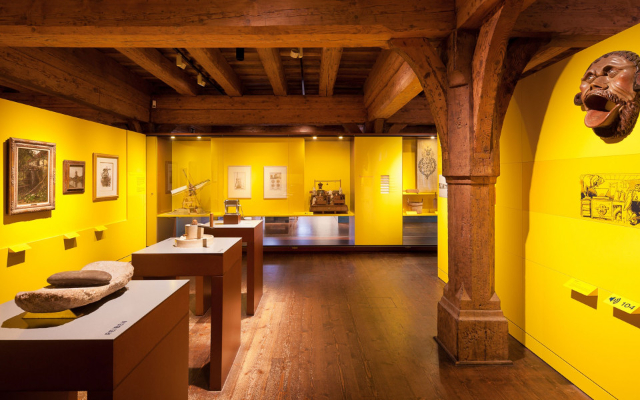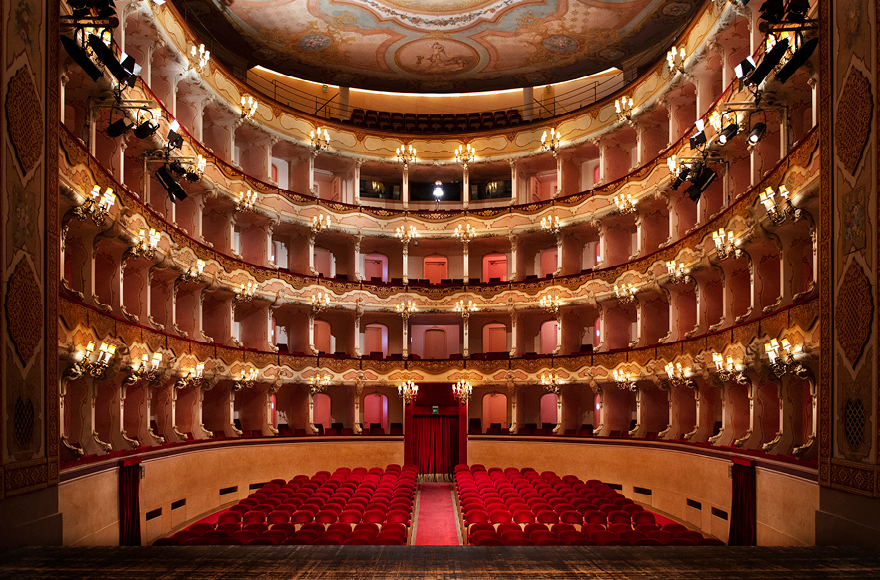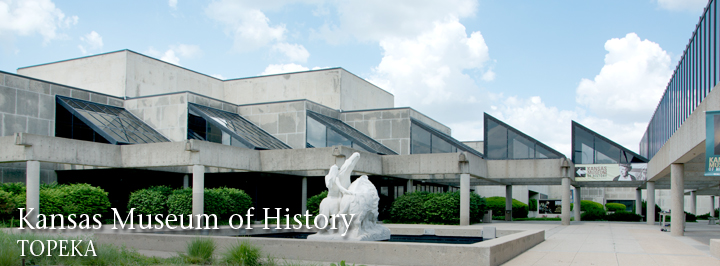The national Bardo Museum is a jewel of Tunisian heritage. It is housed in an old Beylic palace dating back to the XIXth Century. It retraces, through its collections, a big part of Tunisia’s history (from Prehistory to the contemporary epoch) and contains the largest collection of mosaics in the world including the famous mosaic representing Virgil, the poet.
The visitor may discover there an abundant collection of Punic jewels as well as a gallery of Roman sarcophaguses and Christian baptisteries.
One of the high points of the visit is a Roman ship’s cargo wrecked off the coast of Cape Africa, facing the town of Mahdia, with its Hellenistic Greek art master pieces: bronze pieces, marble sculptures, and furniture. This was the result of underwater excavations undertaken during the first part of the XXth Century with the participation of Commander Cousteau.
The great Tunisian sites classified by the UNESCO as part of the world virtual pantheon of the humanity are:
The city of Carthage
Ancient Dougga of western Tunisia
El Djem’s spectacular Coliseum
The refined Arab Medinas of Kairouan, Tunis, and Sousse
Each one of these remarkable cities is present in the Bardo Museum’s collections
The museum also includes touching testimonies of the creativity of each of the Tunisian regions since 40,000 years; namely the enigmatic Hermaion of El Guettar (south of Gafsa) which is the first temple edified by man to honour the sky’s supreme force.
